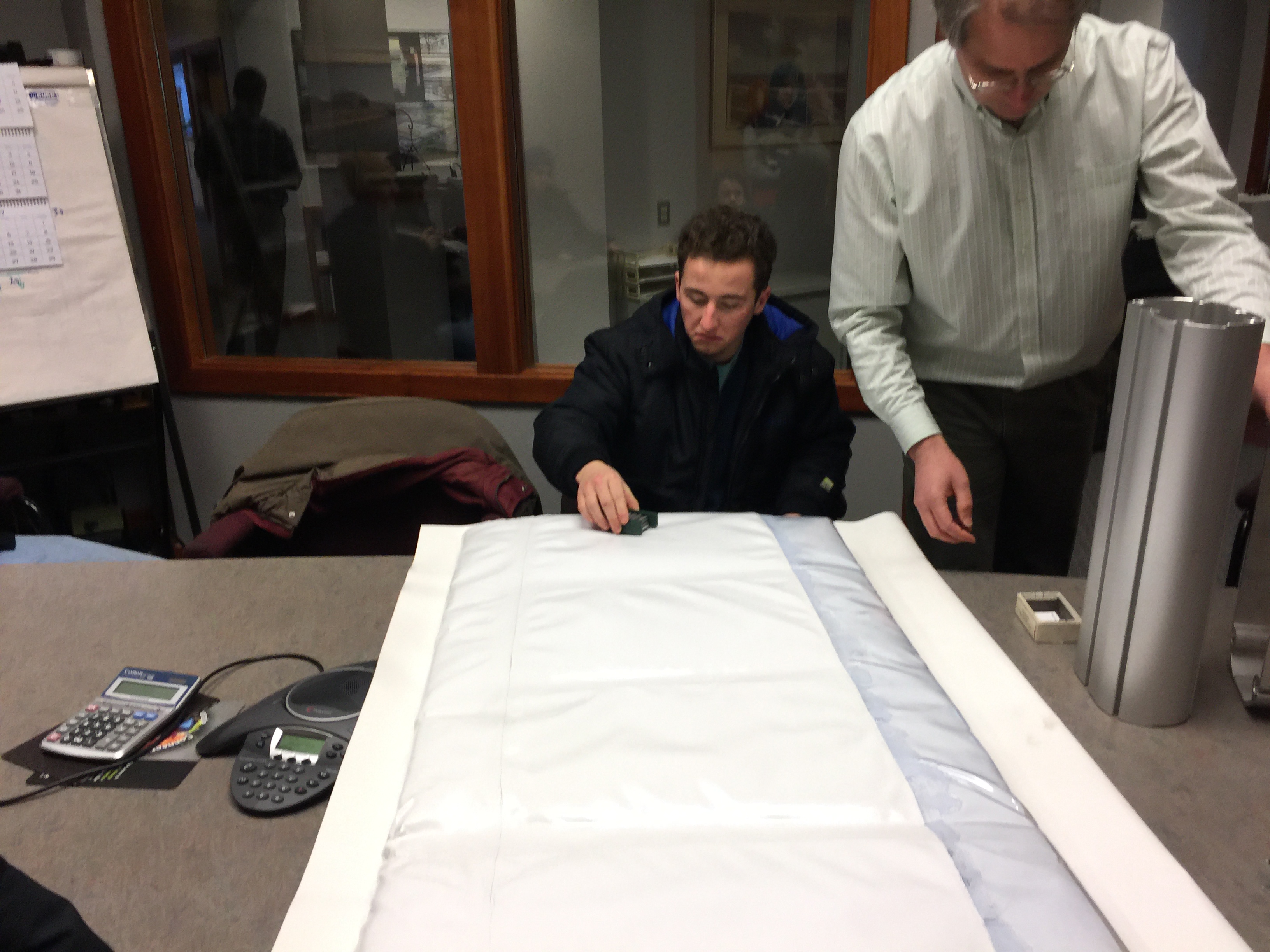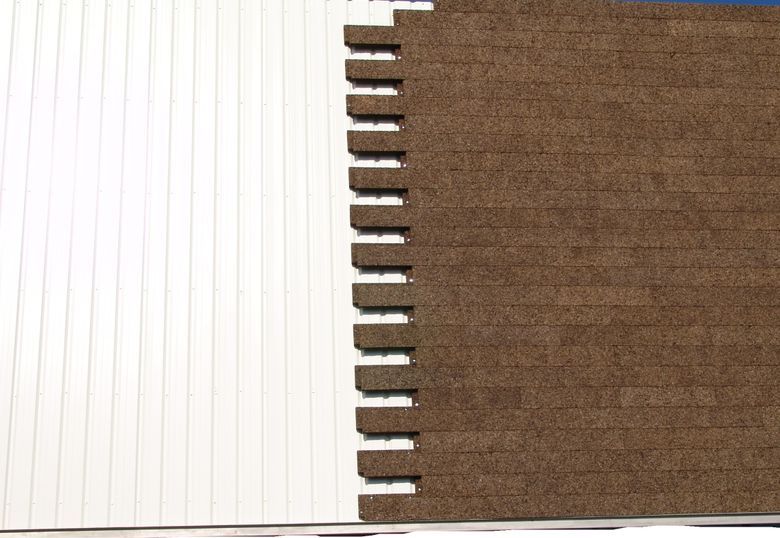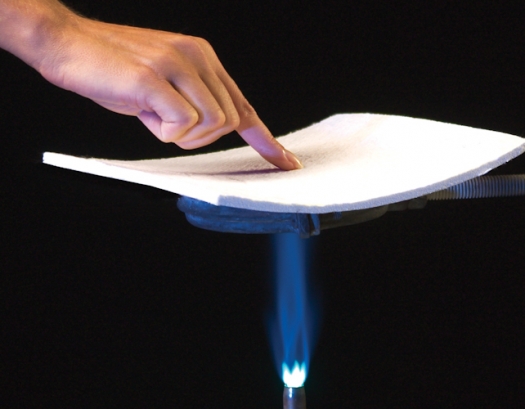Fabric Architecture Insulation
DRAFT
Here are a number of alternatives with respect to fabric architecture insulation, some of which may be too expensive or bulky for rapidly deployed shelters. This is an abridged list.
INSULATION OPTIONS
1 RUBB BUILDING SYSTEMS
Industrial partner Rubb introduced these options for a current project that I’m working on.
1a. Thermohall® Insulated Fabric, Patented by Rubb.
Thermohall on table and Keder rail post at right. E. Mark Photo 3/2017

Keder rail in foreground and thermohall in background. E. Mark Photo 3/2017
https://www.rubbuk.com/rubb-market-sectors/thermohall-insulated-fabric-buildings/
1b. Foil Bubble Insulation

Factory Floor at Rubb Buiding Systems. E. Mark Photo 3/2017
They have been experimenting different versions of this insultation for tightly curved forms, some with higher R values.This is similar to or the same as this product: https://www.ecofoil.com/Single-Bubble-Foil-Insulation-Foil-Both-Sides-4×125-500-sq-ft
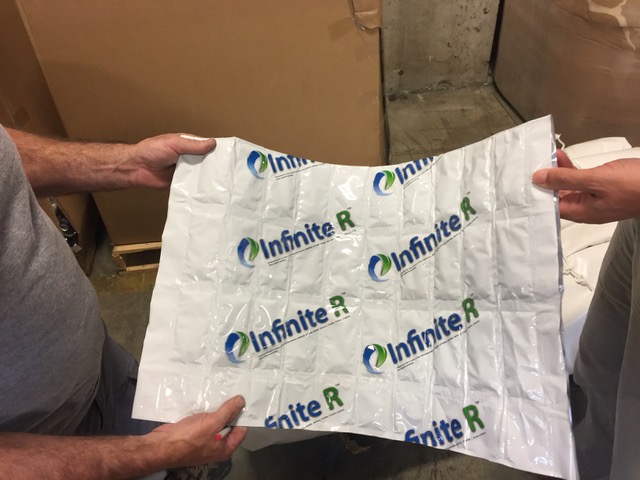
Factory Floor at Rubb Buiding Systems. E. Mark Photo 3/2017
1c. Change state materials.
Main concern is cost. This is easier to handle Aerogel. Good for similar situations as 1b although still not cheap.
2. THERMACORK
2a.Portuguese Cork Insulation.
Thermacork on Building Exterior. *
This was tested in fabric pockets on a model scale structure tested in Maine. It is similar to rigid insulation and biodegradable, but its pricier. Some of the less costly samples tested tended to flake off and others were perfectly intact.
https://www.ecosupplycenter.com/brands/thermacork/*
3. AEROGEL
3a. High performance thin insulation. Packets tested require special care to handle with a milky chalky substance. Expensive.Producer recommends protective clothing, safety eyewear, etc.. Tom Hahn recommended against working with it.
https://www.aerogel.com/resources/about-aerogel/
4. ZOMEWORKS:
4a. Bead Wall System is a historic solution that in itself most likely obsolete, but the methods used are still potentially relevant, developed by Steve Baer, Zomeworks. Baer implemented a system where the bead walss were blown into a window when needed and suctioned out.
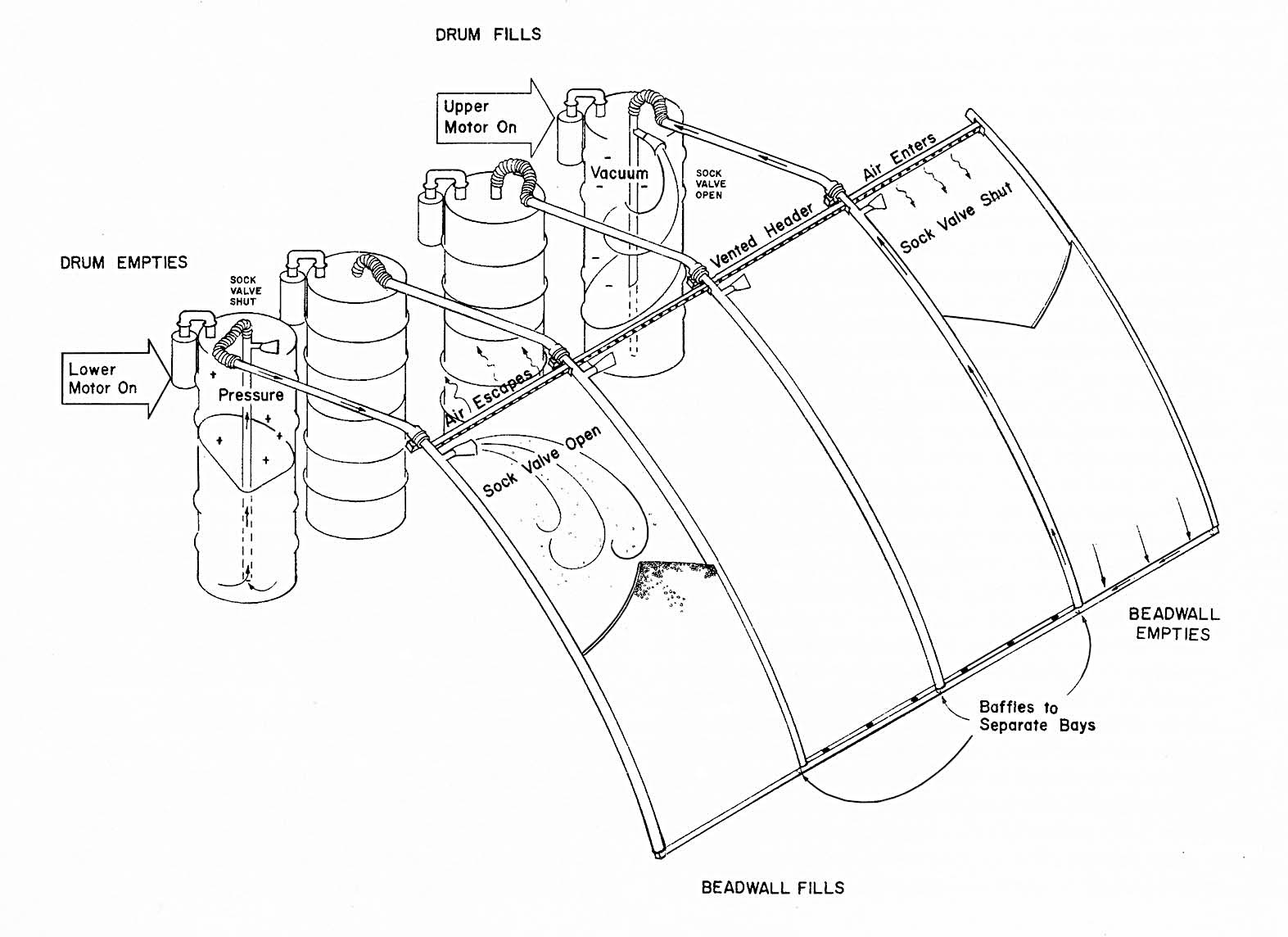 https://www.motherearthnews.com/diy/insulated-window-panels-zmaz74sozraw
https://www.motherearthnews.com/diy/insulated-window-panels-zmaz74sozraw
4b. Water barrel thermal mass system.
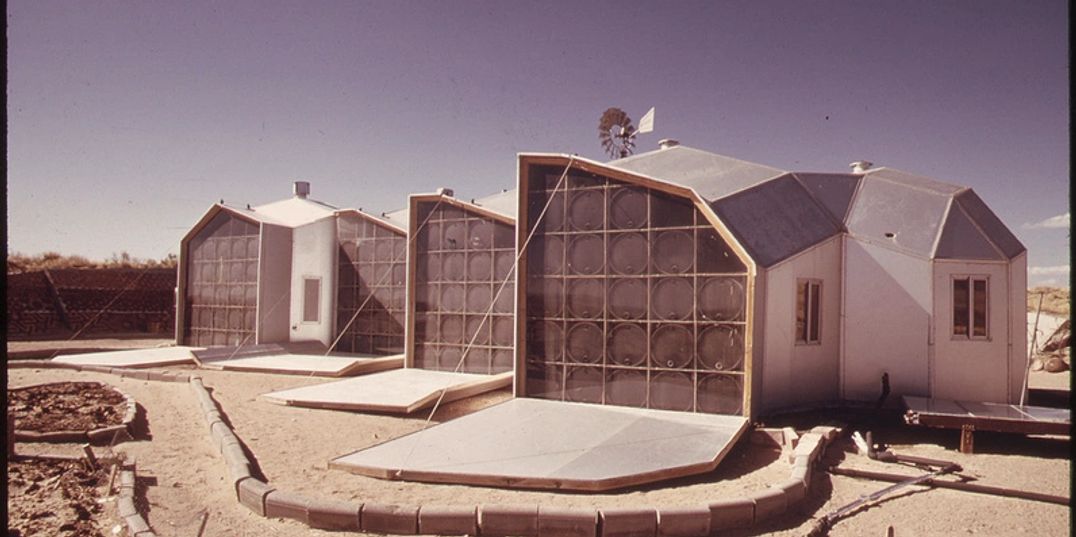 Zomeworks historic photo published at https://zomeworks.com/history.
Zomeworks historic photo published at https://zomeworks.com/history.
The water barrel wall system is also historic, but potentially a low tech solution relevant to today.
